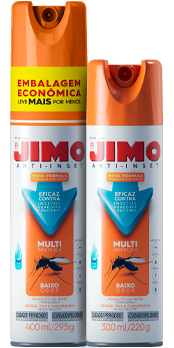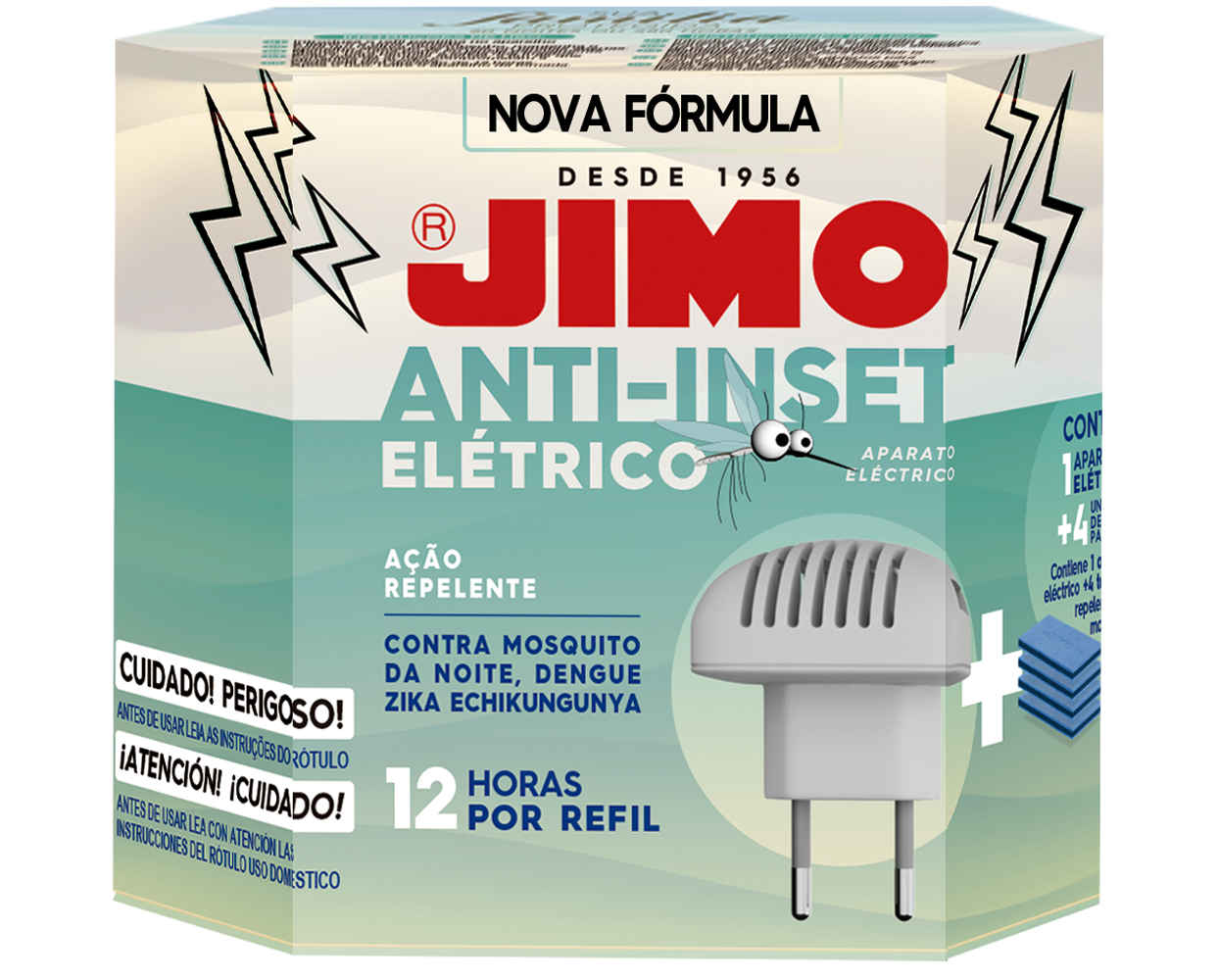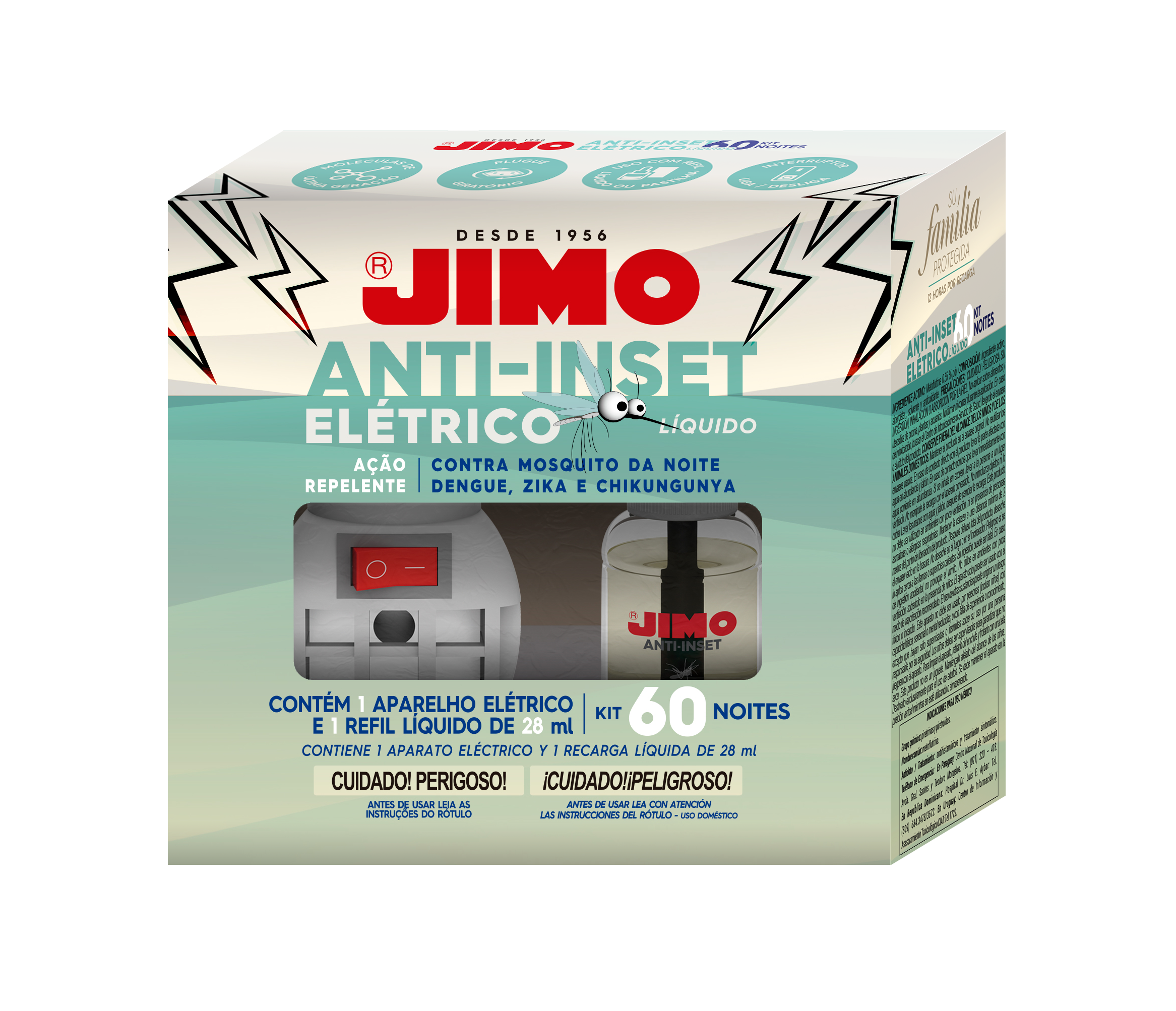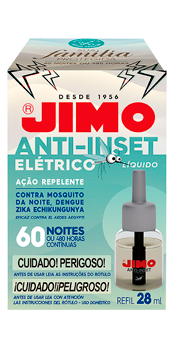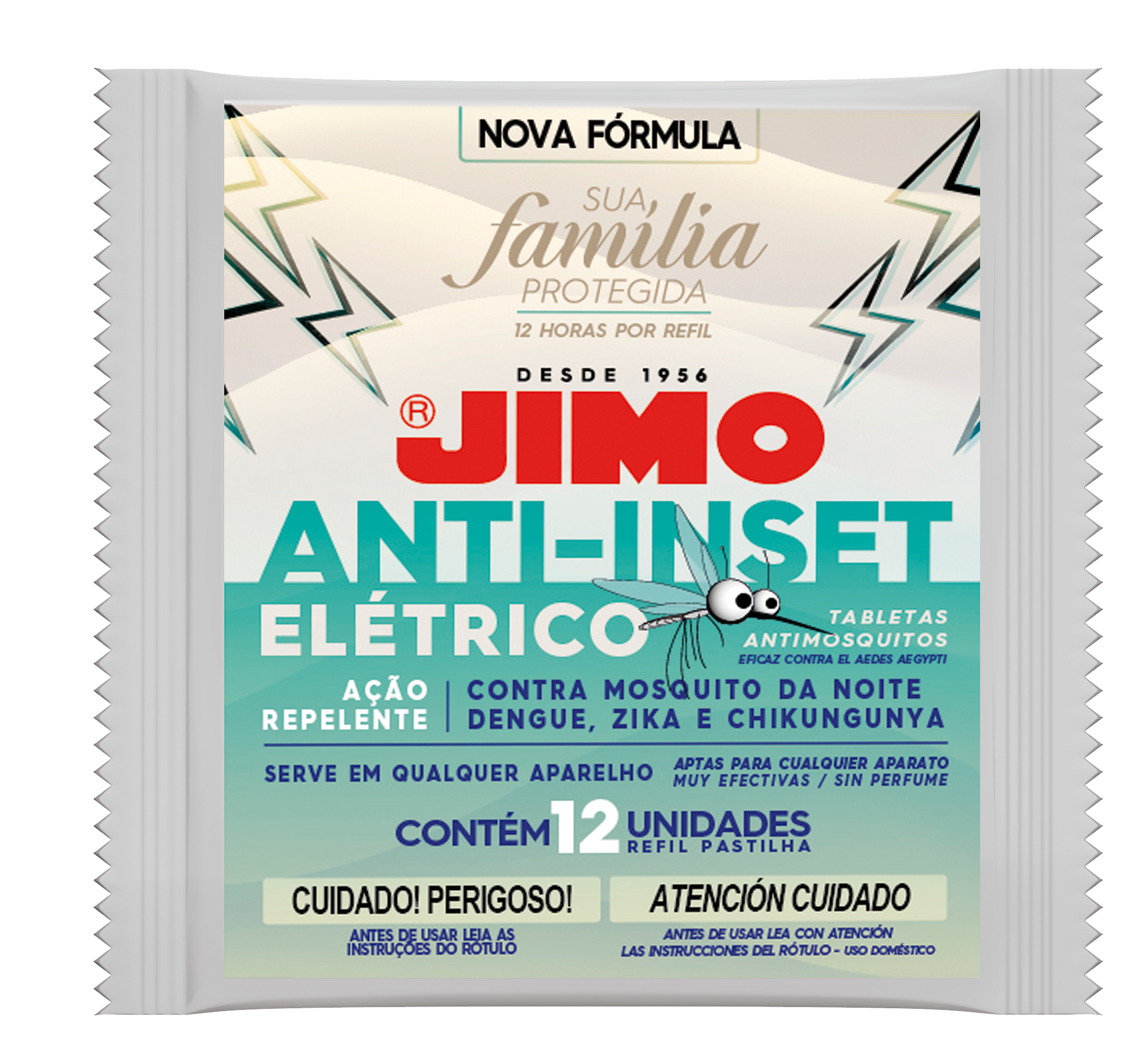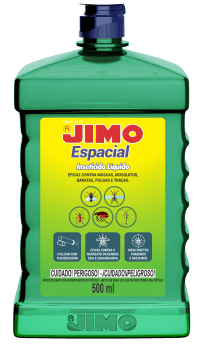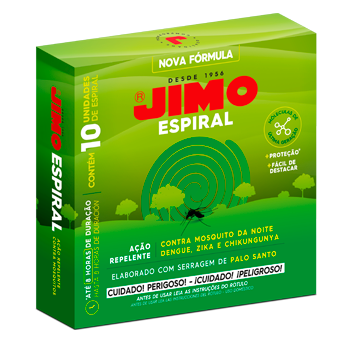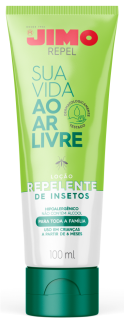Mosquito that transmits dengue, chikungunya, zika and yellow fever.
Originally from Africa.
It has diurnal habits and feeds on human blood, especially at dawn and at dusk.
It is difficult to control because it can be very versatile in the choice of breeding places to lay its eggs, which are extremely resistant and can survive several months until the arrival of water allows incubation to take place. Once immersed, the eggs develop rapidly into larvae, which give rise to pupae, from which the adult emerges.
Like almost all other mosquitoes, only females feed on blood for the maturation of their eggs; males feed only on vegetable and sugary substances.
Dengue
Dengue is a viral disease transmitted by the mosquito Aedes aegypti. In Brazil, it was first identified in 1986. Dengue infection may be asymptomatic, mild or cause serious illness leading to death. Usually the first symptoms of dengue are high fever (39° to 40°C) with abrupt onset, which usually lasts 2 to 7 days, accompanied by headache, body and joint aches, prostration, weakness, pain behind the eyes, rash and itchy skin.
Weight loss, nausea and vomiting are common. In the initial febrile phase of the disease it can be difficult to differentiate it. The severe form of the disease includes intense and continuous abdominal pain, persistent vomiting, mucosal bleeding, among other symptoms.
When showing symptoms, it is important to seek a health service.
Chikungunya
The Chikungunya fever is a disease transmitted by the mosquitoes Aedes aegypti and Aedes albopictus. In Brazil, the circulation of the virus was first identified in 2014. Chikungunya means "those that fold" in swahili, one of the Tanzanian languages. It refers to the curved appearance of the patients who received treatment during the first documented outbreak in Tanzania, located in East Africa, between 1952 and 1953.
The main symptoms are high fever of rapid onset, severe pain in the joints of feet and hands, and in fingers, ankles and wrists. Headache, muscle pain and red spots on the skin might also be present. It is not possible to get chikungunya more than once. Once infected, the person becomes immune for life. Symptoms begin two to twelve days after the mosquito bite. The mosquito acquires the CHIKV virus when biting an infected person during the period in which the virus is present in the infected organism. Approximately 30% of patients have no symptoms.
Zika
Zika is a virus transmitted by Aedes aegypti and first identified in Brazil on April, 2015. Zika virus was given the same name of its place of origin when identified in 1947, after detection in sentinel monkeys for monitoring yellow fever in the Zika forest in Uganda.
About 80% of people infected by Zika virus do not develop clinical manifestations. The main symptoms are headache, low fever, mild joint pain, red spots on the skin, itching and redness in the eyes. Other less common symptoms are swelling of the body, sore throat, coughing and vomiting. Overall, the evolution of the disease is benign and symptoms disappear spontaneously after 3 to 7 days. However, joint pain may persist for approximately one month. Severe and atypical forms are rare, but when they happen they may exceptionally lead to death, as identified in November 2015, for the first time in history
JIMO SOLUTIONS TO PROTECT YOU
AND YOUR FAMILY AGAINST MOSQUITOES








